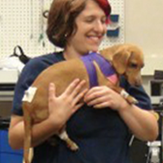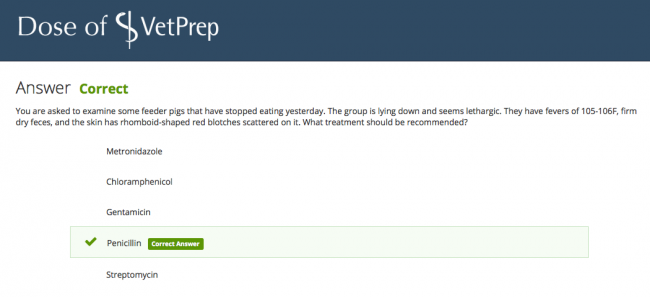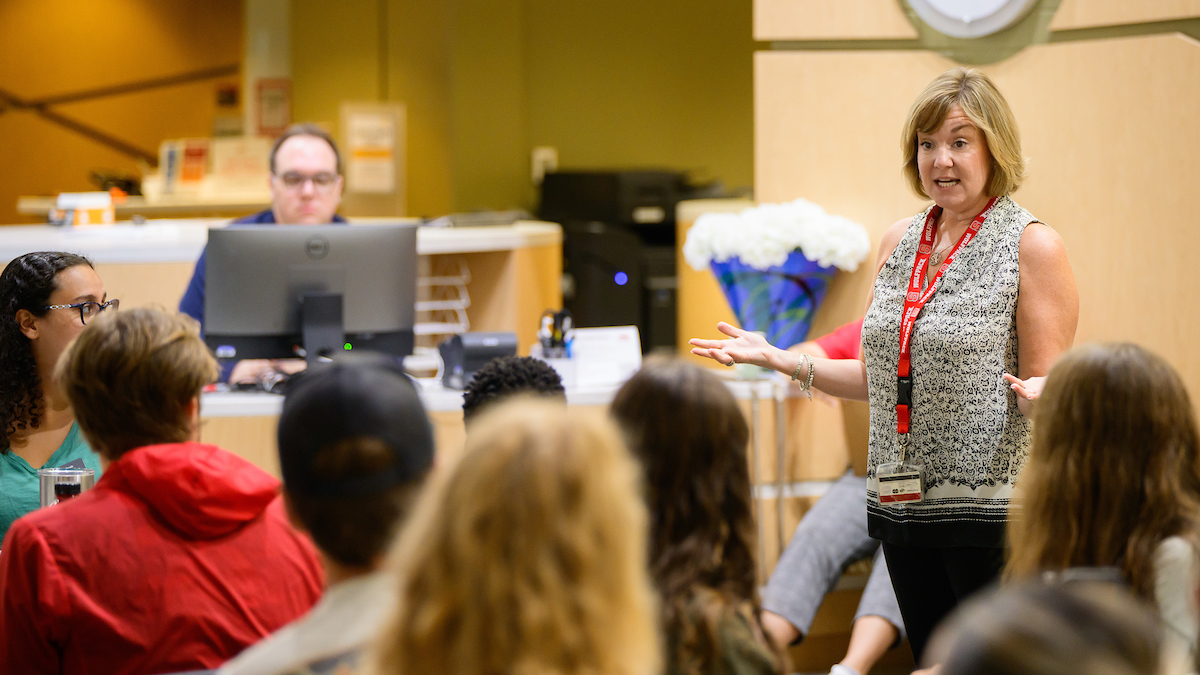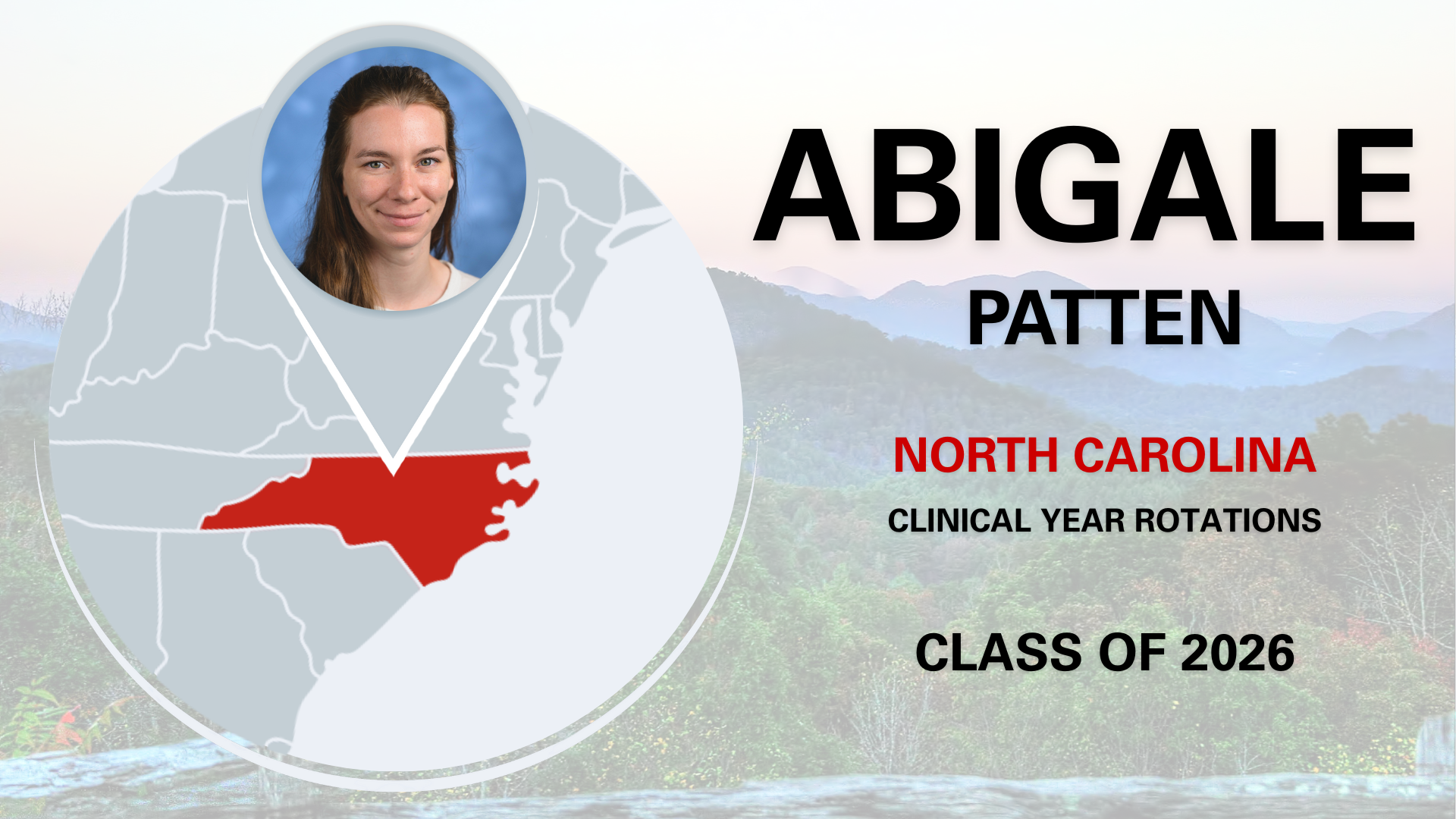Accepting Third Year—A Student’s Reflection on Second Year

“I’m a rising third-year student” rolls off my tongue as I answer an inquiry from a new acquaintance. I can’t seem to bring myself to say I am a Third Year quite yet. It still baffles my mind as to how I find myself here—precisely midway between know-nothing pre-vet and doctor of veterinary medicine.
If I take a moment to reflect, however, I cannot deny that I am, in fact, halfway to my goal. To recognize just how far I’ve come, I think back on the many classroom-covered topics that I’ve applied in the “real world” over the last few months:
When a doctor at my veterinary clinic (where I work part-time) ordered bloodwork last month, I got excited to review the printout of tested values. While the little black lines and abbreviated names used to make my head spin, now I could systematically assess the values and even guess as to what they might mean! My mind automatically jumped to possible diseases that could cause such a result. And when my unspoken diagnosis was echoed out loud by the doctor, the sense of accomplishment was wondrous. I had learned how to interpret bloodwork in Clinical Pathology class.

When I recently pet-sat for a good friend, we discussed the flagging appetite of her elderly dog, Twiga. I’d known the beautiful shepherd mix for years and was alarmed that this sweet girl was steadily losing weight from her already sleek frame. Her veterinarian had already performed appropriate tests to rule out serious disease. Drawing on lessons learned last semester, I calculated the proper daily caloric requirements for Twiga, and offered suggestions to my friend as to how to encourage an aging dog to eat. I had learned about animal diets in Nutrition class.
When my own dog developed a small white spot on her nose that did not go away, I realized it was a patch of vitiligo. Instead of worrying relentlessly over the spot, I recalled from class that such a small, isolated lesion is likely nothing to be concerned with. I had learned about the lesions of dermatology in Systemic Pathology class.
When I spoke with someone who works in pharmaceutical development, I understood his entire explanation of the mechanism of a new neurologic drug. I felt briefly like a genius—recognizing complex chemical names and their pharmaceutical impacts. I had learned about neurologic receptors and drug effects in Pharmacology class.
When I heard in the news about the rising incidence of a new strain of Canine Influenza Virus, recently identified in North Carolina, my mind turned to epidemiology. I reflected on the possible routes of transmission, avenues for control, and other key factors of an emerging disease. I had learned about global health and outbreak situations in Epidemiology and Public Health class.
And when I answer my daily NAVLE prep questions (that’s the North American Veterinary Licensing Examination, a national board exam for veterinarians), I select the correct answer about 80% of the time. What a confidence boost I feel when I can answer questions not only about dogs and cats, but also horses, cows, pigs, birds, and more! I learned about all these species in my veterinary classes, especially in Health Maintenance and Animal Production class on the school’s farm.
So, OK. I’ll say it. I am a third year veterinary student. My arsenal of medical knowledge is already abundant and promises to grow as the next school year approaches. The evidence of the last year proves this, and so I can accept it as fact. And the sense of accomplishment is wondrous.
~By Sarah Blau, a member of the Class of 2017 at NC State University’s College of Veterinary Medicine
- Categories:



